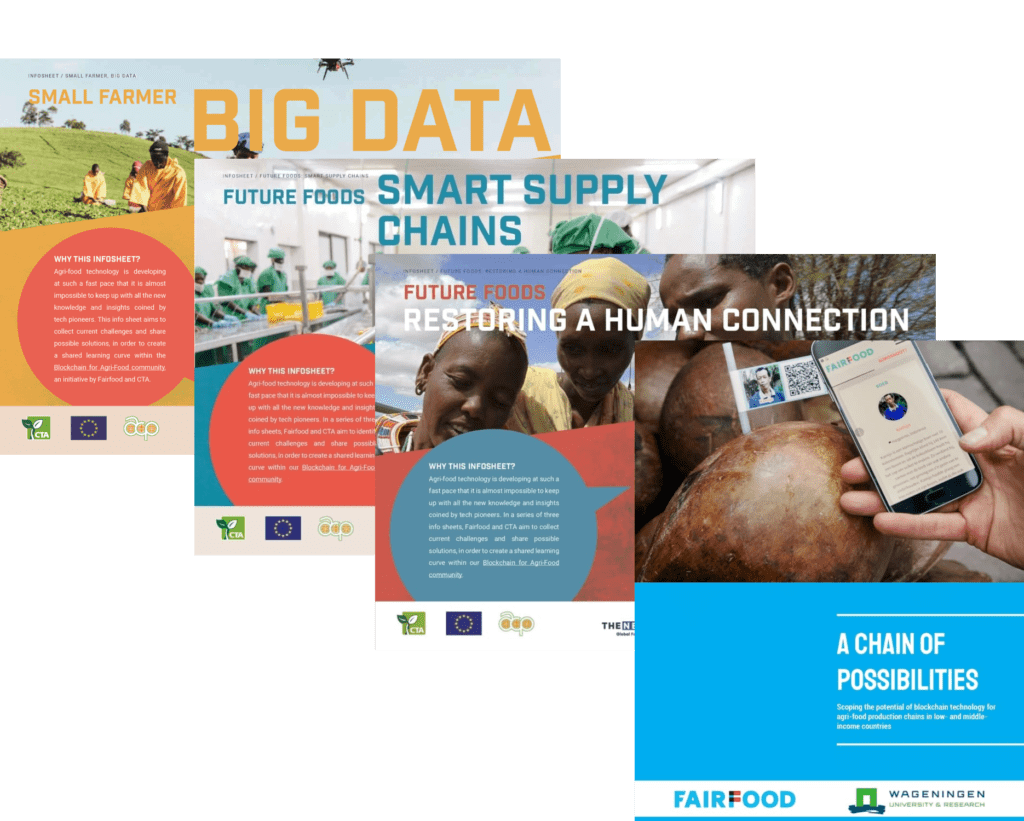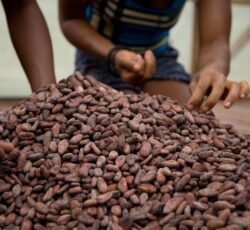How technology will restore the trust in our food supply
Trust in our food is decreasing and food security is becoming an increasingly larger issue in light of the pandemic. What is necessary for new technologies like blockchain, to restore the trust in our food system? We asked Nathan Anderson, CEO of product digitalisation platform ScanTrust on his take on the (near) future of “trust-in-food” technology.
The global pandemic we’re facing is forcing us to take a very critical look at how we are currently feeding the world. It shows us how essential it is for companies and countries to maintain supply chain resilience, meaning they shouldn’t be dependent on a few large players for their food supply. Governments that realise this are now investing in agritech solutions and farmer to consumer market places in a desperate attempt to regain food independence. Companies are prompted to turn to technology to trace their ingredients and build up supply chain resilience. Blockchain managers are now seen as essential employees during the corona crisis.
However, corona and food shortages aside, Nathan mentions that we’re living in a time with unprecedented global connectivity, with access to abundant data and product choices sourced from all corners of the world. Over the last years this has created a new type of critical and smart consumers that drive prolific product innovations and fast-moving trends. In this new paradigm, price and quality are not enough any more for companies to succeed. As a result we see niche brands that embrace provenance, transparency, and sustainability in their supply chain displacing larger, less agile brands, says Nathan.
One of the most common responses in the food industry at the moment is to invest in technologies for tracing the source of raw materials. This allows them to put scrutiny on suppliers to become more sustainable and to build up smarter more resilient supply chains, Said Nathan. “However, this isn’t enough to restore consumer trust and lost loyalty. People need to believe, without a doubt, that upstream traceability efforts are credible or the desired outcome of significant investments into traceability won’t be realised.
Trust in food producers will only be restored when consumers are able to independently check and verify that the food they are buying is authentic and claims about provenance are genuine.
– Nathan
According to Nathan, this independent verification can be achieved by way of two critical methods:
- Tamper-resistant, unique tags for each product that bring physical products online. Secure QR code and NFC chips are most suitable for this.
- An independently verifiable audit trail linked to the tags removing trust issues from specific product claims e.g. biological, certified, sustainable. etc. Public blockchains are suitable for this purpose.
“Secure, unique tags combined with data storage that minimises human intervention, for example using IOT sensors and other data sources in the upstream supply chain, largely mitigate questions about whether food brands can be trusted at their word”.
With wider use of the necessary technology and with continued consumer pressure, Nathan expects that the transition into a fully transparent food industry will happen in three phases:
Phase 0: Status quo, today
Today, the great demand for trustworthy ethical and sustainable products is driving the wide adoption of product labels. Today’s labels are unverifiable, as they don’t provide any method for the consumer to verify the social and sustainability claims for themselves. Therefore, the burden of trust lays with the certification bodies as they now have to verify all the product claims and then convince all the consumers of their trustworthiness. In today’s world, most products only provide basic traceability information such as the country of provenance.
Phase 1: 2025
By 2025, Nathan expects that most food brands that sell premium products as well as products from “at-risk-supply-chains” including coffee, vanilla, and cacao, will adopt traceability solutions as a response to demands and to justify their price premium and sustainability practices. Quality perception by consumers will become increasingly more intertwined with sustainability as this will become a primary criterion for qualitative products. By this time, Nathan expects “Proof-of-origin” to be a recognised necessity, not just a competitive advantage.
Phase 3: 2035
By 2035, Nathan expects rigorous traceability solutions to be a standard adopted by all food producers in all major markets. “proof-of-nothing-to-hide” will be the new paradigm, as companies that don’t disclose product provenance will not be trusted anymore. This will allow machines and algorithms to automatically refill our fridge with products that meet at least our sustainability standard, without any need for either the machine or us to know the brands from which it buys or the store / warehouse where it’s send from, trust will be already embedded in our food system.
Find out more
—
This article is made possible with the financial assistance of CTA (Technical Centre for Agricultural and Rural Co-operation). The views expressed above can in no way be taken to reflect the official opinion of CTA.



